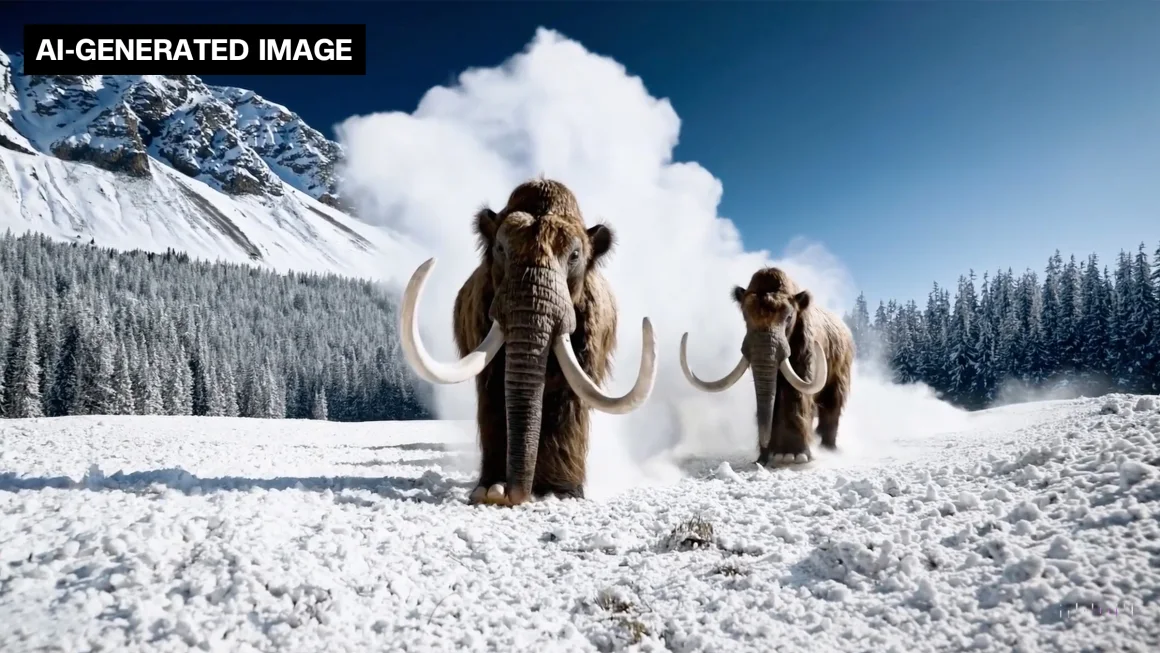Sora from OpenAi, here are the differences with Emu from Meta and Lumiere from Google

OpenAI launches Sora, the AI tool that creates “realistic” and “imaginative” 60-second videos from quick text messages. Meta and Google have also announced or released their own text-to-video conversion engines. Here are details and differences
The race of OpenAI, the Microsoft-backed company behind the ChatGpt chatbot and the DALL-E still image generator, in the development of new artificial intelligence models does not stop.
The last one is Sora, named after the Japanese word for sky. The team behind OpenAI's technology chose this name because it "evokes the idea of unlimited creative potential." In fact, it is a platform that allows you to create videos by providing the chatbot with only textual information lasting a maximum of 60 seconds. The video generation software follows the chatbot ChatGPT, which was released in late 2022 and has created a buzz around generative AI with its ability to compose emails and write code and poetry.
At the moment Sora is not available to the public, not even in a trial version, also because OpenAI still has to understand how to protect it from possible problems due to the production of fake videos, passed off as real. In fact, OpenAI declares itself focused on security. The Sam Altman-led company said it plans to work with a team of experts to test the latest model and closely examine various areas including misinformation, hateful content and bias.
All the details.
THE SORA ANNOUNCEMENT BY OPENAI
In a blog post, OpenAI said Sora can generate videos up to 60 seconds in length from text instructions, with the ability to deliver scenes with multiple characters, specific types of motion, and detailed background details.
“The model understands not only what the user asked for in the prompt, but also how those things exist in the physical world,” the blog post reads, adding that it can create multiple shots within a single video.
Introducing Sora, our text-to-video model.
Sora can create videos of up to 60 seconds featuring highly detailed scenes, complex camera motion, and multiple characters with vibrant emotions. https://t.co/7j2JN27M3W
Prompt: “Beautiful, snowy… pic.twitter.com/ruTEWn87vf
— OpenAI (@OpenAI) February 15, 2024
ADDRESS RISKS
An OpenAI spokesperson stressed that it does not plan to make Sora widely available anytime soon as it continues to work on a variety of security issues, including efforts to reduce misinformation, hateful content and bias, as well as clearly labeling the output generated by artificial intelligence.
The company said it is also developing tools that can discern whether a video was generated by Sora. Help should come from the labels being worked on by the C2pa consortium, which includes OpenAI but also Meta, Microsoft and Google . The idea is to insert additional data that highlights the possible creation of a file via AI and block its dissemination online if the shared rules are violated, Ansa notes.
COMPETITION WITH META, GOOGLE AND MORE
OpenAI is among many companies racing to improve this type of instant video generator, including startups like Runway and tech giants like Google and Meta, the owner of Facebook and Instagram. The technology could speed up the work of experienced filmmakers, completely replacing less experienced digital artists, reports the New York Times .
Just a few days ago, Google launched Lumiere, a similar AI platform which however creates videos starting from images uploaded by the user. So Sora is not the first model of its kind but it is the only one that can generate a file up to 60 seconds long. Meta beefed up its Emu image generation model last year to add two AI-powered features that can edit and generate videos from text instructions.
EXPERT COMMENTARY
While “multimodal models” are nothing new and text-to-video models already exist, what sets them apart is the length and precision that OpenAI claims Sora has, according to Reece Hayden, senior analyst at market research firm ABI Research, quoted by CNN .
Hayden said these types of AI models could have a big impact on digital entertainment markets with new personalized content streamed across channels. “An obvious use case is within the TV; creating short scenes to support narratives,” Hayden said. “The pattern is still limited, but it shows the direction of the market.”
This is a machine translation from Italian language of a post published on Start Magazine at the URL https://www.startmag.it/innovazione/sora-di-openai-ecco-le-differenze-con-emu-di-meta-e-lumiere-di-google/ on Sat, 17 Feb 2024 07:22:19 +0000.
